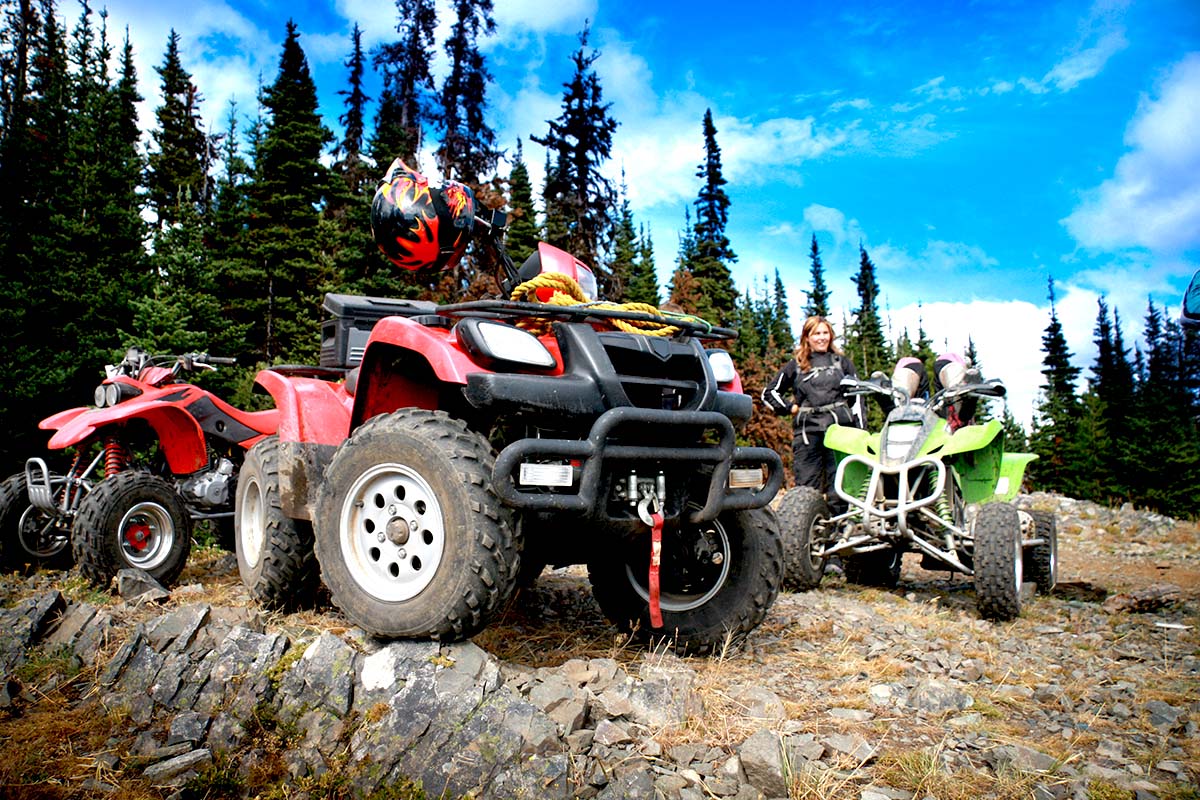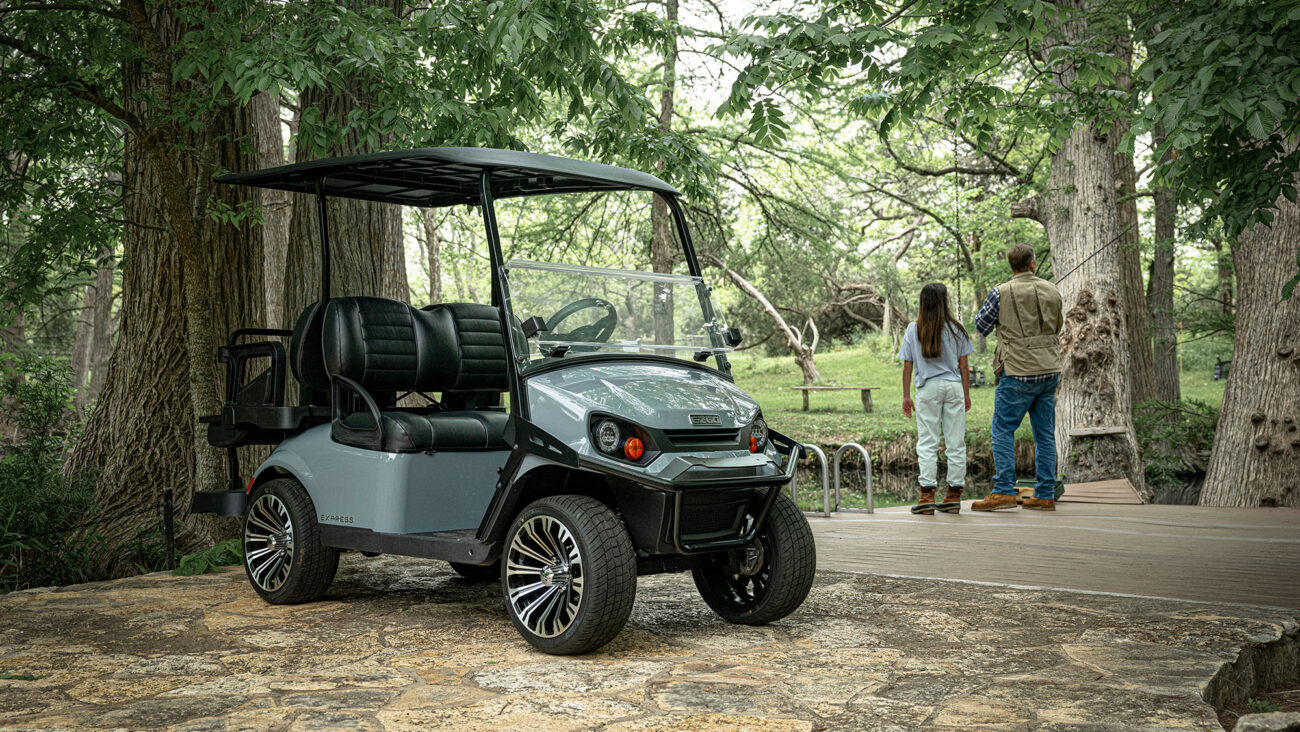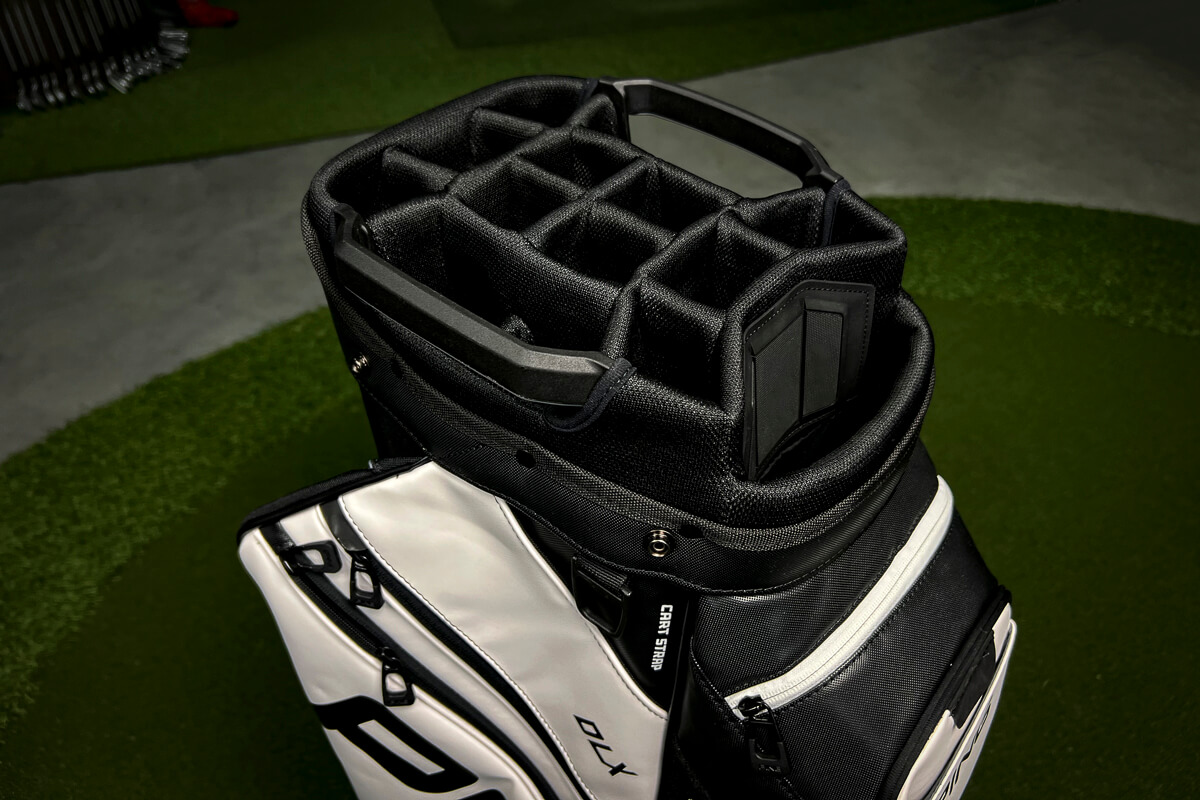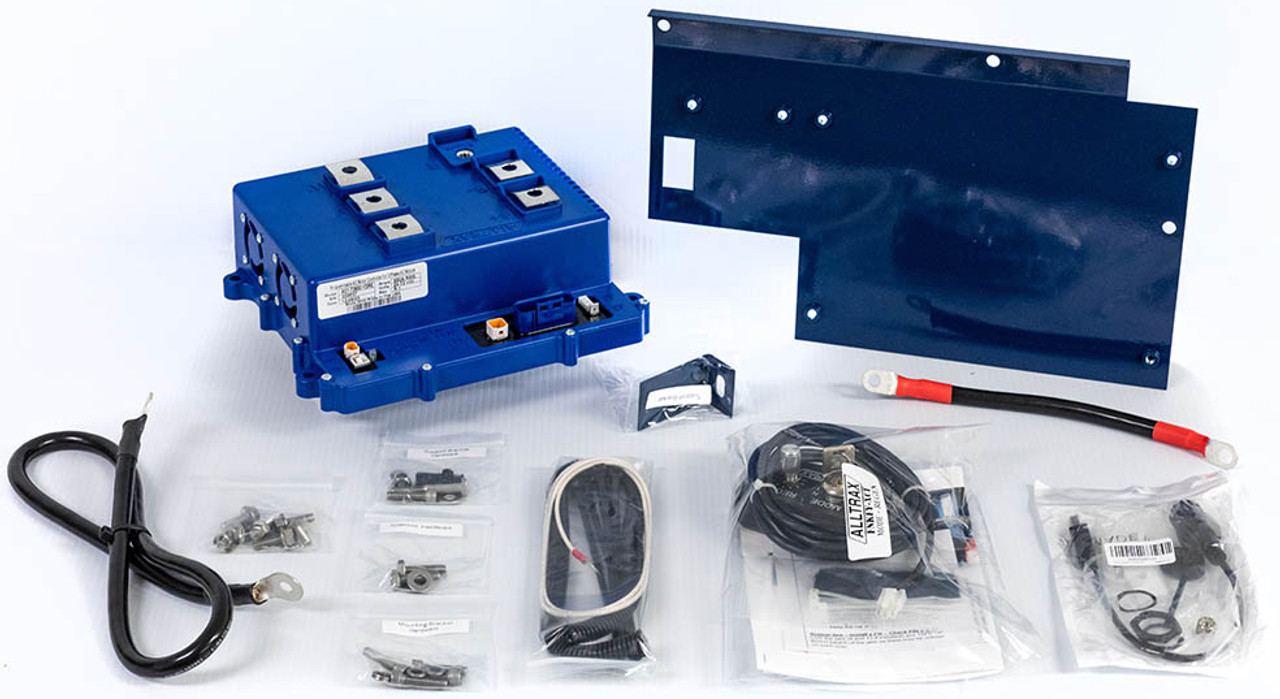
How Wide Is a UTV Understanding UTV Widths and Terrain Compatibility
UTVs come in various widths to suit different terrains, trails, and work requirements. Knowing how wide a UTV is helps ensure it fits your trailer, local trail rules, and usage needs—whether for recreation or heavy-duty tasks.
What Is the Width of a UTV?
The width of a UTV (Utility Terrain Vehicle) typically ranges from 48 inches to 72 inches, depending on the model, manufacturer, and intended use. Compact models designed for narrow trails and tight access may be under 50 inches wide, while larger sport or crew UTVs can exceed 70 inches for enhanced stability and comfort.
Here’s a general breakdown of common UTV width categories:
- 48–50 inches: Narrow trail UTVs, ideal for tight spaces
- 52–60 inches: Mid-size UTVs, balanced for trails and utility work
- 64–72 inches: Full-size and sport UTVs, built for speed, stability, and capacity
Each width class comes with trade-offs in terms of maneuverability, ride comfort, and trail access. Let’s explore what types of terrain and use cases each category fits best.
48–50 Inch UTVs: Best for Narrow Trails and Limited Access
UTVs with a width under 50 inches are often referred to as “trail legal” in many states and parks. These machines are built to fit on ATV-width trails and are commonly allowed where larger UTVs or side-by-sides are not.
✅ Ideal Use Cases:
- Narrow wooded trails
- Mountain switchbacks
- Public lands with ATV trail restrictions
- Transport in small trailers or pickup beds
Despite their smaller size, many of these UTVs still offer seating for two and cargo bed functionality, making them a great choice for hunters, trail riders, or landowners with limited trail width.
52–60 Inch UTVs: Balanced Utility and Trail Access
This mid-range width is the most versatile, striking a balance between trail agility and work-ready capacity. UTVs in this category often seat 2 to 4 passengers and offer improved suspension systems and towing capabilities compared to smaller models.
✅ Ideal Use Cases:
- Forests and farms with moderate space
- Work and recreation combo use
- Moderately rugged trails
- Construction or ranch sites
Many users choose this width class for its ability to handle both tight and open terrain without sacrificing performance or comfort. It’s a great “all-around” category.
64–72 Inch UTVs: Built for Performance and Comfort
Full-size and sport-focused UTVs can reach widths of 64 inches, 68 inches, or even 72 inches. These machines prioritize high-speed stability, larger passenger seating (up to six in some models), and high-capacity suspensions and tires. However, their size limits trail access in many public land areas.
✅ Ideal Use Cases:
- Open deserts and dunes
- Farm roads and private property
- High-speed off-roading
- Recreation parks with wide trail access
If you’re not concerned about fitting through narrow gates or government-maintained trails, these wider UTVs offer top-of-the-line features for comfort, suspension travel, and hauling capabilities.
Why UTV Width Matters
Understanding your UTV’s width is essential for several practical reasons:
- Trail Access: Many state and federal trails limit side-by-side access to vehicles under 50 inches wide.
- Storage and Transport: Will your UTV fit in a trailer or truck bed? Will it pass through your property gates?
- Stability and Performance: Wider UTVs tend to be more stable at high speeds or on uneven ground, while narrower ones are easier to navigate in tight quarters.
When shopping for a UTV, always check the manufacturer’s width specs and compare them with your needs, whether that’s public trail access, garage space, or trailer compatibility.
Common Width Examples by UTV Model
| UTV Model | Approximate Width | Use Case |
|---|---|---|
| Polaris RZR Trail | 50 in | Narrow trail legal |
| Yamaha Wolverine X2 | 60 in | Trail and utility balance |
| Can-Am Maverick X3 | 72 in | High-speed desert riding |
| Tara Explorer 2+2 | Approx. 64 in | Urban & neighborhood use |
Final Thoughts
So, how wide is a UTV? It can be as narrow as 48 inches or as wide as 72 inches, depending on its purpose. When choosing a UTV, consider the terrain you’ll tackle, your local trail laws, and your storage space. Width isn’t just a number—it affects everything from where you can ride to how comfortably and safely you can do it.





Add a review
Your email address will not be published. Required fields are marked *